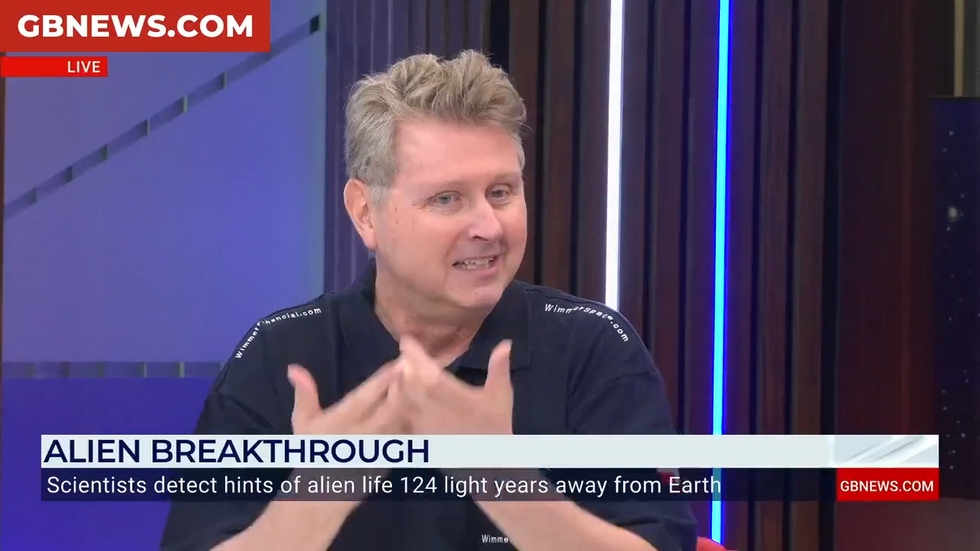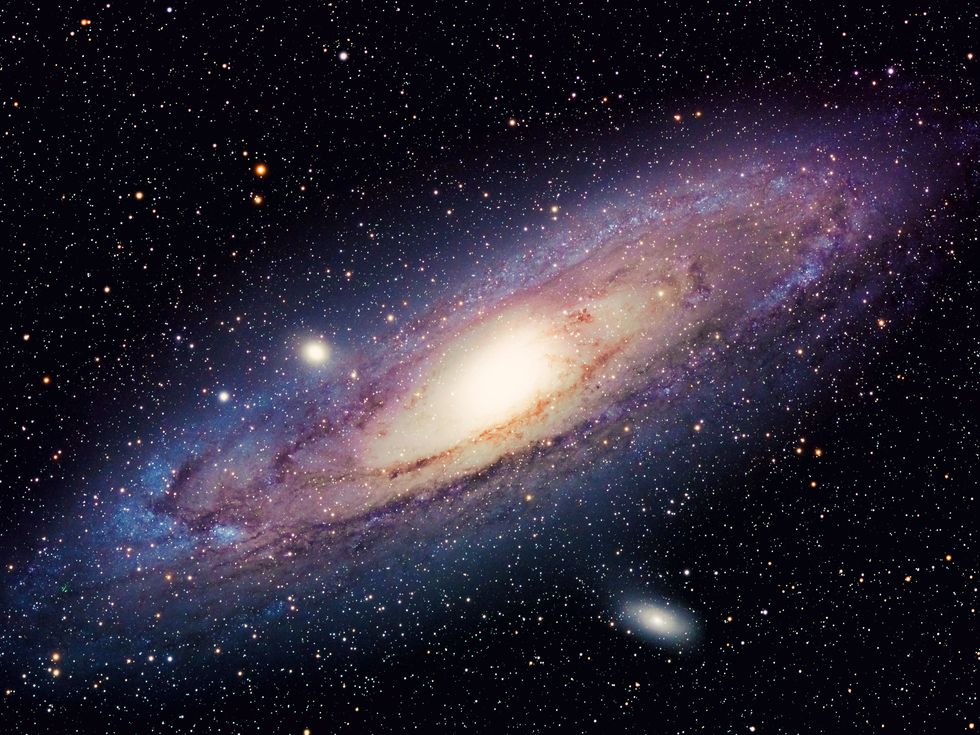'99.7% chance of alien life’, top scientist declares as three signs give cause for optimism: ‘That is good news’
The Cambridge University team made the discovery using NASA's James Webb Space Telescope
Don't Miss
Most Read
Trending on GB News
Top scientist Per Wimmer has claimed that researchers at Cambridge University detecting potential signs of alien life on a distant planet indicates a "99.7 per cent probability" that extra-terrestrial life exists.
The Cambridge University team, led by Professor Nikku Madhusudhan at the Institute of Astronomy, made the discovery using NASA's James Webb Space Telescope.
"This is the strongest evidence yet there is possibly life out there," said Professor Madhusudhan.
The findings mark the second time that life-linked molecules have been observed on exoplanet K2-18b.

Per Wimmer said there is a 99 per cent chance of alien life
GB NEWS
Scientist Per Wimmer told GB News: "Thanks to the miracle of the James Webb Telescope, an enormous 39-meter-diameter telescope launched in 2029, we're now able to see incredible details from the depths of space.
Through this amazing instrument, we can detect slight changes in the light coming from a very, very distant planet. This is truly amazing science alter the composition of the light ever so slightly.
"And from that, scientists can analyse and determine which gases must be present, because certain gases cause that specific misdirection or distortion of the light. It's absolutely incredible science when you think about it.
"Even more fascinating, the gases detected are similar to those produced by plankton and marine life here on Earth.
"Since plankton is a living organism, the presence of these same gases could suggest that life might exist on that distant planet. That’s the assumption backed by a 99.7 per cent probability."
He added: "What we now know is this: the planet is about two and a half times the size of Earth, it contains a massive amount of water, and it has an atmosphere rich in hydrogen.
"And that is very good news if you’re looking for signs of life."
K2-18b is located approximately 700 trillion miles away, or 124 light years from Earth.
The planet is more than twice the size of Earth and orbits a cool red dwarf star in the constellation Leo.
The Cambridge team found traces of dimethyl sulphide (DMS) and dimethyl disulphide (DMDS) in the atmosphere.

The Cambridge team found traces of dimethyl sulphide (DMS) and dimethyl disulphide (DMDS) in the atmosphere
GettyOn Earth, these compounds are primarily emitted by marine phytoplankton and certain bacteria.
The JWST's advanced capabilities allow scientists to analyse the planet's atmosphere by observing starlight passing through it.
This reveals signs of specific chemicals that could indicate biological activity.








